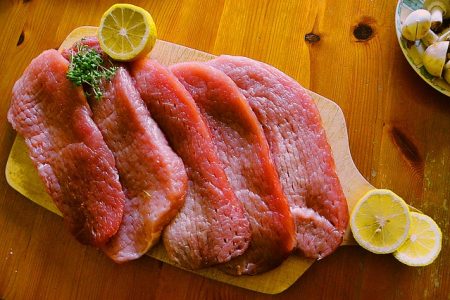Key beverage industry trends for 2017

Trends expected to impact the beverage industry in 2017 have been identified by Evergreen Packaging and EcoFocus Worldwide from the annual EcoFocus Trend Study.
The survey examines wellness and sustainability trends impacting the food and beverage industry. In its seventh year, the study results show how consumer tastes, demographics and values are reshaping purchasing decisions.
Study author and chief executive officer of EcoFocus Worldwide, Linda Gilbert, says, “These study results show that a majority of grocery shoppers have identified products’ fresh, clean and sustainable benefits among their top purchase priorities when it comes to healthier choices.
“The message is clear: if you are a brand aiming to attract consumers to your healthy beverages, be sure your packaging and processing line up with your ingredient list. And be sure to tell your fresh and clean story effectively on your packaging.”
The four trends identified are:
- Millennial motivators – millennials are leading the escape from mass produced, over processed and over packaged foods and beverages with a demand for real, less processed ingredients. They want the preservatives and artificial ingredients out, and natural, nutrient dense ingredients in. 69% of millennials have changed what they buy in order to avoid artificial ingredients in foods and beverages; they aren’t just thinking about the product’s contents, they are differentiating packaging for improved personal and planetary health. 73% say they try to buy products in packaging that is recyclable, while 59% look for beverages in packaging that is made with renewable materials.
- Clean packaging gains momentum – the clean labelling movement is expanding into clean processing and clean packaging trends. Brands are expanding their transparency on all fronts, from supply chain details to their packaging choices. The study shows 70% of grocery shoppers strongly agree or agree that foods and beverages with healthier ingredient lists should use packaging materials that are healthier too. 86% believe some types of packaging can leave undesirable chemicals in beverages. They say cartons and glass containers are the least likely to do so – and best protect freshness without preservatives.
- The new value-add: fresh + clean = healthy – the definition of what makes foods and beverages healthier is becoming increasingly complex. Clean ingredients have moved from a trend to the norm for many categories and brands. Creating products that are fresh and eco friendly is the new go-to as these attributes will become increasingly crucial contributors to consumer’s measurement of ‘healthy’ in 2017. Many brands have already taken out preservatives and removed artificial ingredients; the next challenge is to leverage packaging to convey and deliver freshness without the chemicals that consumers view as undesirable for their health. Brands need to ask themselves if their packaging is aligned with their focus on clean ingredients and messaging. 71% of shoppers say that packaging that keeps beverages fresh without preservatives is the most important quality for healthy beverage packaging, while 67% say recyclable packaging is an extremely or very important quality for healthy beverage packaging. 59% say packaging made with renewable materials is an extremely or very important quality for healthy beverage packaging.
- Naturally functional beverages – consumers are increasingly looking to beverages to play new roles in their diets and health routines. Drinkable breakfasts and the snackification of beverages are fueled by consumer interest in nutrition and performance drinks that act as meal replacements and guilt-free snacks. Industry leaders should expect consumers in 2017 to demand beverages that work harder, whether for refreshment, satiety, energy, immunity boosting, sleep aid, blood sugar management, or a host of other functional benefits now associated with these multifunctional power beverages. When identifying the most desirable nutritional attributes for healthy beverages, shoppers surveyed shared the following preferences:
- o 63% are seeking a good source of calcium
- o 61% are looking for beverages that are a good source of fibre
- o 61% want their beverages to contain lowered or reduced sugar
- o 60% are drawn to beverages that are a good source of antioxidants
- o 57% want to consume beverages with increased protein
- o 55% buy beverages because they are a good source of omega-3
- o 46% are looking for beverages that contain probiotics.



